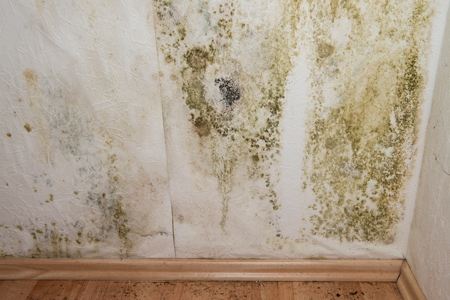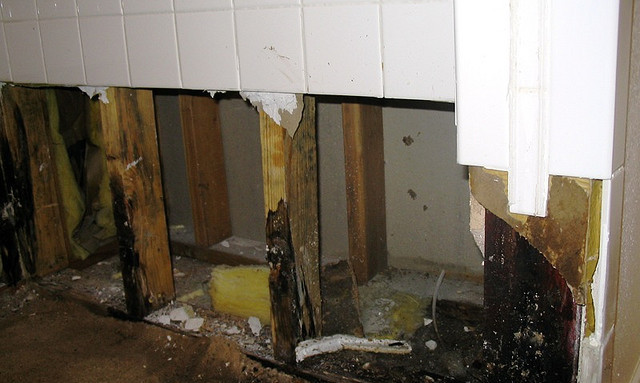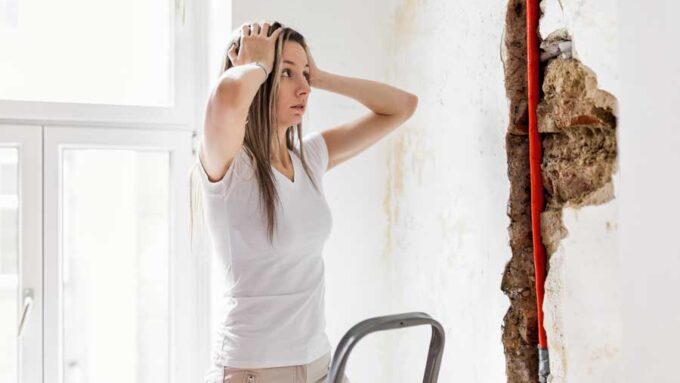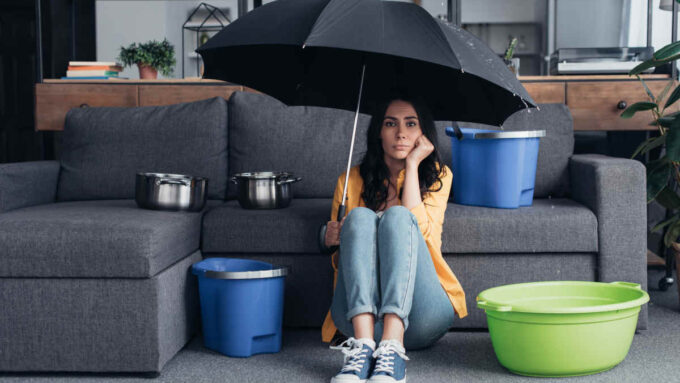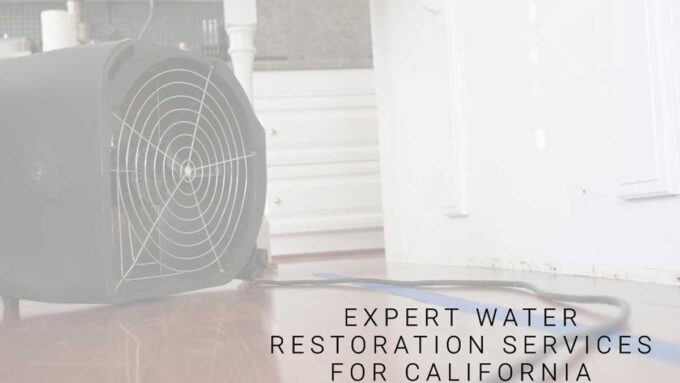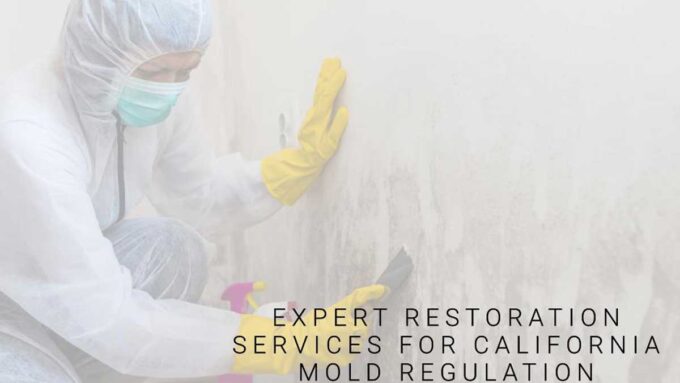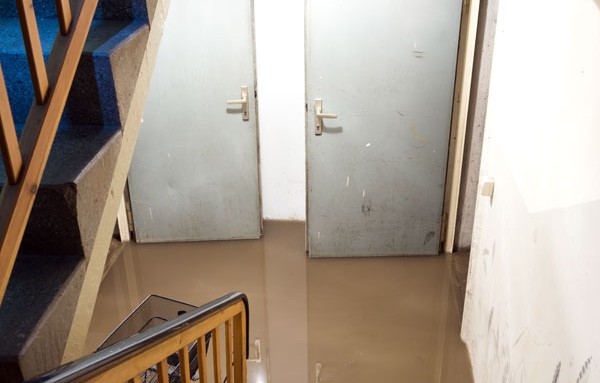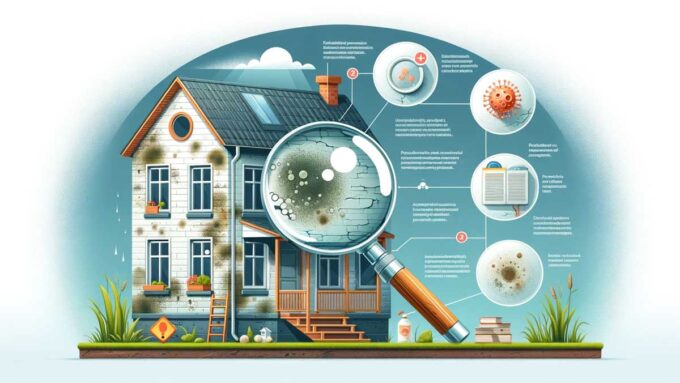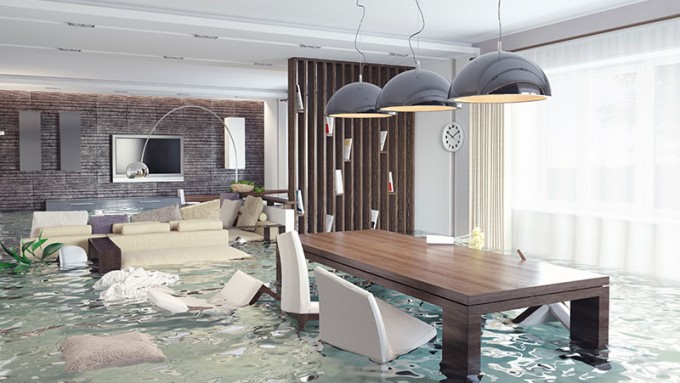While mold and mildew are certainly related fungal species with many similarities, they do have some key differences within residential homes. Knowing the difference between the two, how to treat and remove each fungus, and what the consequences are of letting mold and mildew build up are all important considerations for homeowners. Here are a few of the differences and similarities between the two.
Mold And Mildew Love Damp Areas
Both mold and mildew funguses grow best in damp, poorly lit areas, like in bathrooms and basements. However, you are more likely to find mold growths on permanent structures like walls, whereas mildew is more likely to be found in showers and in carpets and other fabrics.
Distinguishing Between Mold And Mildew
Mold and mildew have some very distinct differences in their appearance, which makes it easy for homeowners to distinguish between the two fungi. Mold often has a “fuzzy” and more three dimensional appearance, and can many colors including blue, green, yellow, brown, gray, black, and white. Mildew on the other hand looks more powdery and flat, and usually starts out white or yellow, growing into darker browns if it is allowed to keep growing.
Dangers of Mold and Mildew
Both mold and mildew can have some nasty negative effects on both homes and homeowners. Both fungi are prone to causing respiratory problems and allergic reactions, and people with pre-existing respiratory issues can be put in danger if mold or mildew spores are allowed to grow unchecked. While mildew does present some respiratory dangers, mold spores are usually more harmful and agitating.
Mold is also more likely to cause potential damage to homes, and can wear away at even the sturdiest walls if it is left to grow. Mildew is more likely to damage plants and crops, and can cause havoc for house plants. But mildew is less likely to present any real structural dangers to homes.
Handling Mold and Mildew
The best way to make sure that mold and mildew don’t become an issue in your home is through prevention. Making sure that you don’t have any pipe leaks or areas where moisture is pooling up in bathrooms or kitchens is the first step. From there, many people can consider the purchase of a dehumidifier if their home does not have great airflow and moisture tends to build. Once mold and mildew have presented themselves, it’s important to remove them immediately. A bleach solution works well for both, and as long as you kill and wipe away mold and mildew before they have the chance to get established and spread, you can avoid the dangers above.

